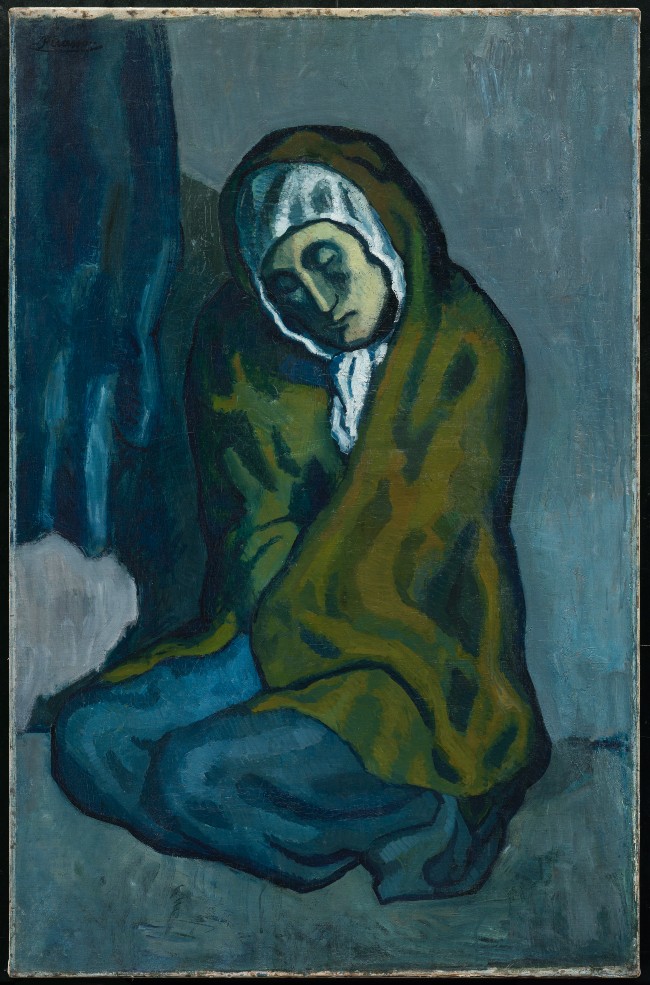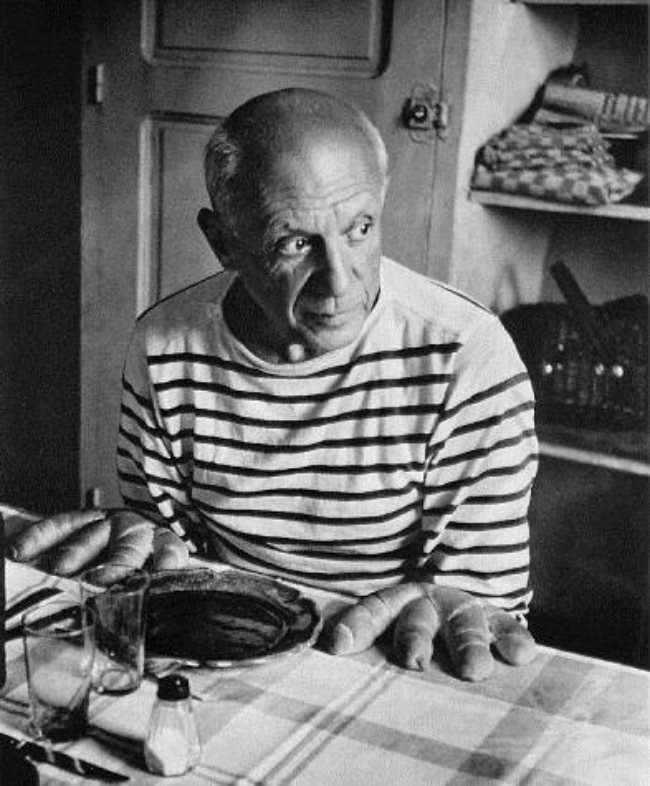Picasso: 50th Anniversary

To mark the 50th anniversary of Picasso’s death this year, some 50 exhibitions and events are being staged across Europe and the U.S. – including no less than 12 in France. Here, Caroline Harrap picks out some of the highlights – and looks at the artist’s legacy today.
Considering that Picasso was once suspected of stealing the Mona Lisa, it’s fair to say that he’s come a long way. Yes, unlikely as it may sound, when Da Vinci’s masterpiece disappeared from the Louvre in 1911, Picasso was one of the prime suspects. It later transpired that the painting had been stolen by a former employee of the museum – but not before Picasso had fallen under the shadow of suspicion.
Thankfully for him, that was a rare low point in what turned out to be a glittering career. One of the most famous artists of the 20th century, he produced many thousands of artworks, worked in a dizzying array of styles and never stopped innovating. While questions have been raised about his treatment of the women in his life, there is no doubt that he remains one of the most important figures of modern art.
Born in Malaga, on October 25, 1881, Picasso first came to France as a young man and would go on to spend most of his life here. Initially living in Paris, where he was based for nearly half a century, he spent his later years in the south, notably in Antibes, Vallauris and Cannes, then just outside Aix-en-Provence, and, finally, in Mougins. It was there that he died on April 8, 1973, and he is buried in the grounds of his former home near Aix-en-Provence.

The Picasso Museum in Paris is located in a beautiful 17th-century mansion © Musée national Picasso-Paris, Voyez-Vous, Chloé Vollmer-Lo
“Picasso’s career was formed in Paris when he rented an apartment in the city in 1900, living a bohemian fin-de-siècle lifestyle with French and Catalan friends,” says Rosalind Ormiston, author of the book on Picasso in the acclaimed Masters of Art series. “His painting Last Moments (1899) was being exhibited at the prestigious Exposition Universelle, which brought him attention, and he moved permanently to Paris in 1904.
“What made Picasso so great as an artist – and his work so avant-garde – was his willingness to try new forms of art such as Cubism and Surrealism. He learnt to make ceramics, too, and mastered assemblages – his ‘ready-made’ sculptures. Throughout his career, he never stood still in his art.”
Certainly, his influence today remains as powerful as ever – and the 50th anniversary of his death will be one of the biggest happenings in the art world this year. To mark the occasion, there will be some 50 exhibitions and events taking place across Europe and the U.S. – including 12 in France.

Pablo Picasso, Crouching Beggarwoman, 1902, Oil on canvas, 39 7/8 x 26 in., Art Gallery of Ontario, Anonymous gift, 1963. 63/1 © 2022 Estate of Pablo Picasso / Artists Rights Society (ARS), New York
Entitled Célébration Picasso 1973-2023, the year-long commemoration is being led by the Musée National Picasso-Paris, the event’s main lender and coordinator, and the artist’s grandson, Bernard-Ruiz Picasso, who is co-president of the FABA art foundation. In addition to all the various exhibitions, other landmark events will include the opening of a new world-class research facility, the Centre for Picasso Studies, next to the main Picasso Museum, and a major international symposium at the UNESCO headquarters in Paris.
“The commemoration of the 50th anniversary of Picasso’s death is, above all, a wonderful opportunity to celebrate his work and his artistic legacy while questioning certain moments in his biography,” says the president of the Musée National Picasso-Paris, Cécile Debray. “It is in this perspective that the museum has initiated this international project and has offered to be the major lender of works for some 40 exhibitions.

Picasso and the Loaves, 1952 © Robert Doisneau
“The Franco-Spanish dimension is, moreover, very important since the Célébration Picasso 1973-2023 is placed under the high patronage of the President of the French Republic and the King of Spain.”
Although there are exhibitions taking place far and wide, the Musée National Picasso-Paris will be one of the main focal points of the event. Housed in an exceptional 17th-century mansion, in the heart of the Marais, the museum’s collection is the largest and most important in the world – and this will be an opportunity to discover the works in a whole new way.
“As part of the Célébration Picasso, from March 7, 2023, the Musée Picasso will offer a new display of the collection under the artistic direction of the British designer Paul Smith,” reveals Cécile Debray. “The latter will completely transform the spaces of the Hôtel Salé to enhance, in a colourful and immersive tour, the museum’s formidable collection, as well as some contemporary works that directly resonate with those of Picasso.
“Then, in October 2023, the museum will offer a carte blanche to the contemporary artist Sophie Calle, who will take over the entire museum for a fascinating exhibition-installation.”
Elsewhere in the capital, there are special exhibitions being staged at the Musee de Montmartre, the Musée de l’Homme, the Petit Palais, the Musée du Luxembourg and the Pompidou Centre – and that’s just the start. Across wider France, there are dedicated shows taking place at the Musée Picasso in Antibes, the Collection Lambert at Avignon and the Musée des Beaux-arts in Lyon, as well as at the Palais Princier de Monaco.
During the latter part of his life, like other artists before him, Picasso was increasingly drawn to the landscape, colours and light of the south of France. This manifested itself in a rich and prolific period for his work and coincided with one of the more peaceful periods of his life domestically. Following a string of failed relationships, he finally settled down with Jacqueline Roque who he was married to for the last 12 years of his life.
In fact, his time in Mougins, the last place that he lived, was one of the most successful periods of his career. Furthermore, although his productivity was slowing down, he would go on creating important works up until his death.
“Picasso was an absolute genius as a painter,” concludes the art writer, critic and curator, Judith Benhamou. “The fact that he may have mistreated women does not change that – and, in fact, I’m not sure he was any better with men. It was people in general.
“Also, I noticed that one of his first partners, Fernande Olivier, was very poor in later life and he decided to help her by regularly sending money.
“Ultimately, though, Picasso cared only for his own creation. But what a creation!”
For more information on the Célébration Picasso 1973-2023, see https://www.museepicassoparis.fr/en/celebration-picasso-1973-2023
Lead photo credit : « L’acrobate », Oil on canvas, Pablo Picasso, 1930, Musée national Picasso-Paris © RMN-Grand Palais (Musée national Picasso-Paris) - Adrien Didierjean © Succession Picasso 2022
Share to: Facebook Twitter LinkedIn Email
More in Art in France, French art, Picasso
Leave a reply
Your email address will not be published. Required fields are marked *



